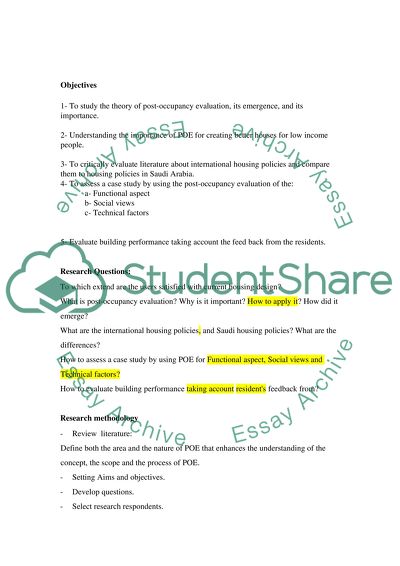Cite this document
(“Low Income Housing in the Kingdom of Saudi Arabia Dissertation”, n.d.)
Retrieved from https://studentshare.org/family-consumer-science/1414041-low-income-housing-in-the-kingdom-of-saudi-arabia
Retrieved from https://studentshare.org/family-consumer-science/1414041-low-income-housing-in-the-kingdom-of-saudi-arabia
(Low Income Housing in the Kingdom of Saudi Arabia Dissertation)
https://studentshare.org/family-consumer-science/1414041-low-income-housing-in-the-kingdom-of-saudi-arabia.
https://studentshare.org/family-consumer-science/1414041-low-income-housing-in-the-kingdom-of-saudi-arabia.
“Low Income Housing in the Kingdom of Saudi Arabia Dissertation”, n.d. https://studentshare.org/family-consumer-science/1414041-low-income-housing-in-the-kingdom-of-saudi-arabia.


